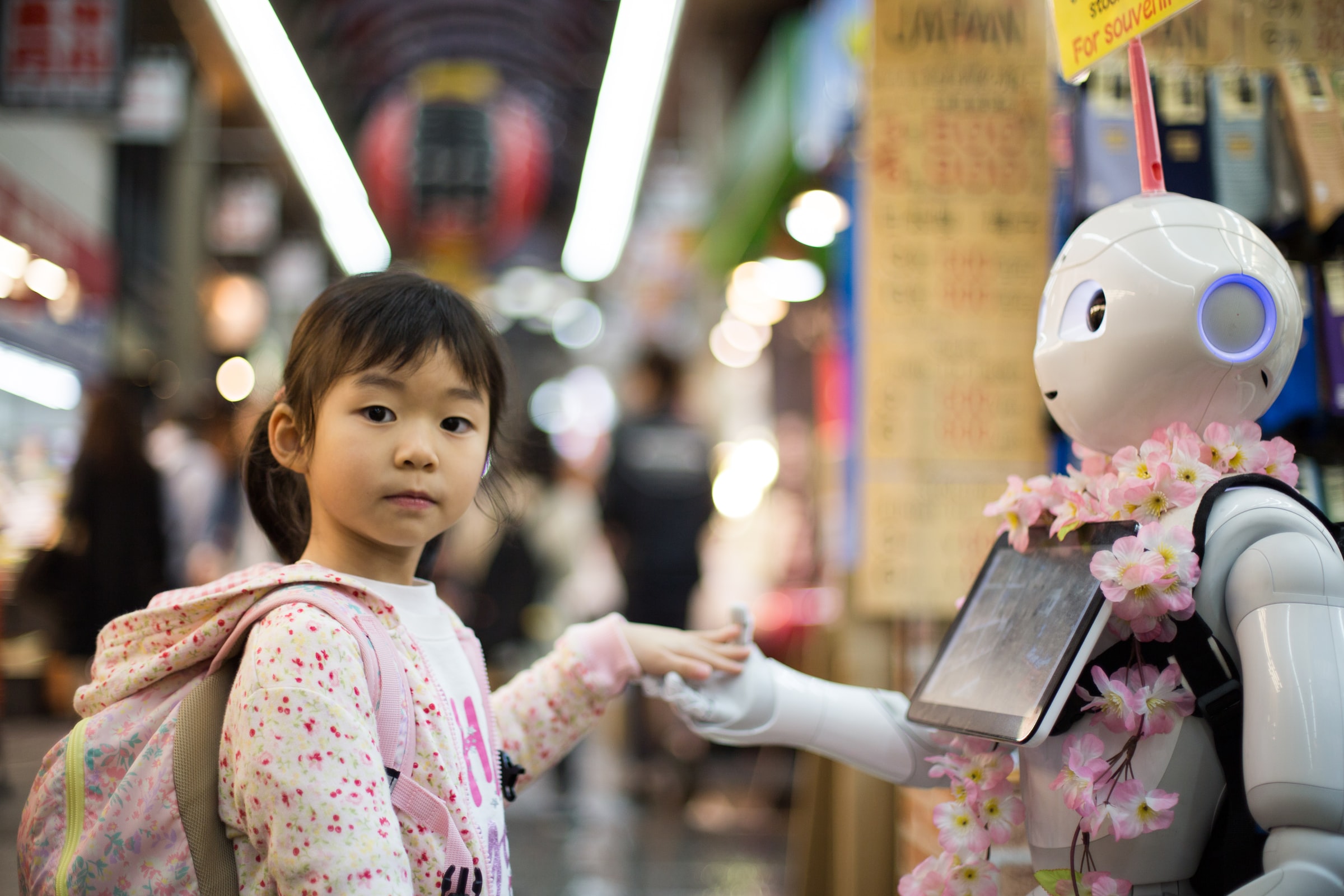Looking Back on Looking Forward: Ray and Amy Kurzweil at SXSW
March 14, 2017 - 2 minutes read
In the business of predicting future trends, there are few who can touch Ray Kurzweil. Among all the panels on offer at this year’s SXSW Interactive, we at Dogtown Media knew this was one we couldn’t afford to miss. Beyond his groundbreaking work as the primary inventor of technologies as disparate as the charge-coupled device flatbed scanner and print-to-speech readers, Kurzweil is a noted author and champion of the futurist and transhuman movements. (Not to mention head of engineering at Google.)
His current primary interest, however — and one he shares with his daughter, New Yorker cartoonist Amy Kurzweil — is artificial intelligence (AI). How will automation affect society in coming years? More importantly, what are the implications of that work on quality of life for regular people, tech companies, and NYC app developers?

Riffing off a cartoon by Amy Kurzweil featuring robots playing golf, Ray shared some fascinating background on his current project developing computers that are able to write poetry and paintings based on written input on the styles of historical artists.
The challenge, as any iPhone app developer working in AI can attest, are the hard limits of today’s technology, and the seemingly glacial pace of machine learning development. Sure, on the outside it looks like machines are getting faster on a bell curve, but in the trenches it feels more like building a sand castle in a rainstorm.

Said the Kurzweils, we can envision today’s AI technologies as being capable of “level 100” sophistication — perhaps 115, with the right resources and contexts. For reference, a computer distinguishing between objects (like, say, a dog or cat) would be considered level 15. The real prizes in AI are currently several times above level 100, where AI might start being able to interact with the world and “fill in the gaps” with intuitive logic. A human, shown and image of a dog running towards a man and then a second image of the dog standing on top of the man, can infer that the dog knocked the man down in-between “frames.” For machines, leaps of logic like this may be farther off than we’d like to think.
Tags: Android, android app developer, app developer, app development, app idea, app marketing, app store, Apple, apple app store, facebook, Google, iOS, ipad app developer, iPhone, iphone app, iPhone app developer, mobile commerce, monetization, social media, social network, startup, startup strategy, startups, tech, technology, ui design, ux design, venture capital








